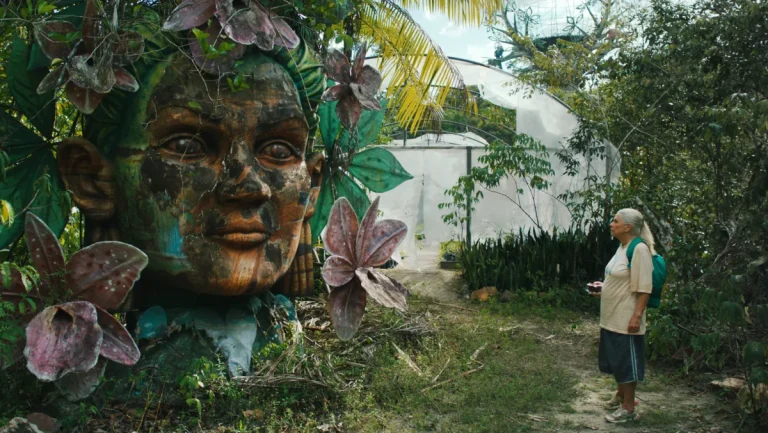Netflix’s “Castlevania” requires no introduction. Based on the eponymous hack-and-slash roleplaying game series, “Castlevania” has helped set a significantly high bar for video game adaptations that reinvent its source material. Although the story beats are familiar, the series succeeds in delivering a horror-first, visceral vision of dark fantasy cushioned with beautifully fleshed-out characters. Adi Shankar, one of the executive producers of the “Castlevania” series, has taken it upon himself to infuse yet another popular video game franchise with a spirited adaptation brimming with heart.
The franchise in question is none other than “Devil May Cry,” an artistic entity so singular and eccentric that it altered the tint of ultra-stylistic chain attack combat since its first installment in 2001. This is not the first animated series to tackle “DMC” with a spin, but it is one that will be remembered for its gutsy, wondrous exploration of the source material, which it clearly has deep respect for. In simpler words, Adi Shankar has done it again.
Those intimately acquainted with the fantastical, anything-can-happen world of “DMC” can vouch for the contained nature of the series’ setting. On a conceptual level, there are two realms that are deeply intertwined—the human world and the demon world—with the games’ urban fantasy inspirations filling in the aesthetic gaps. The fantasy aspect of these worlds encroach upon their modernity to an extent, as sleek everyday technology goes hand in hand with huge, primordial towers and infrastructure that is a mix of the old and the new.
Shankar roots his “Devil May Cry” in a more grounded setting: New York City, whose towering skyscrapers and crowded streets tap into a realism like never before. This is a post-modern world not too different from our own, where the sudden advent of demons poses psychological and ethical dilemmas that further the central thesis of the games.
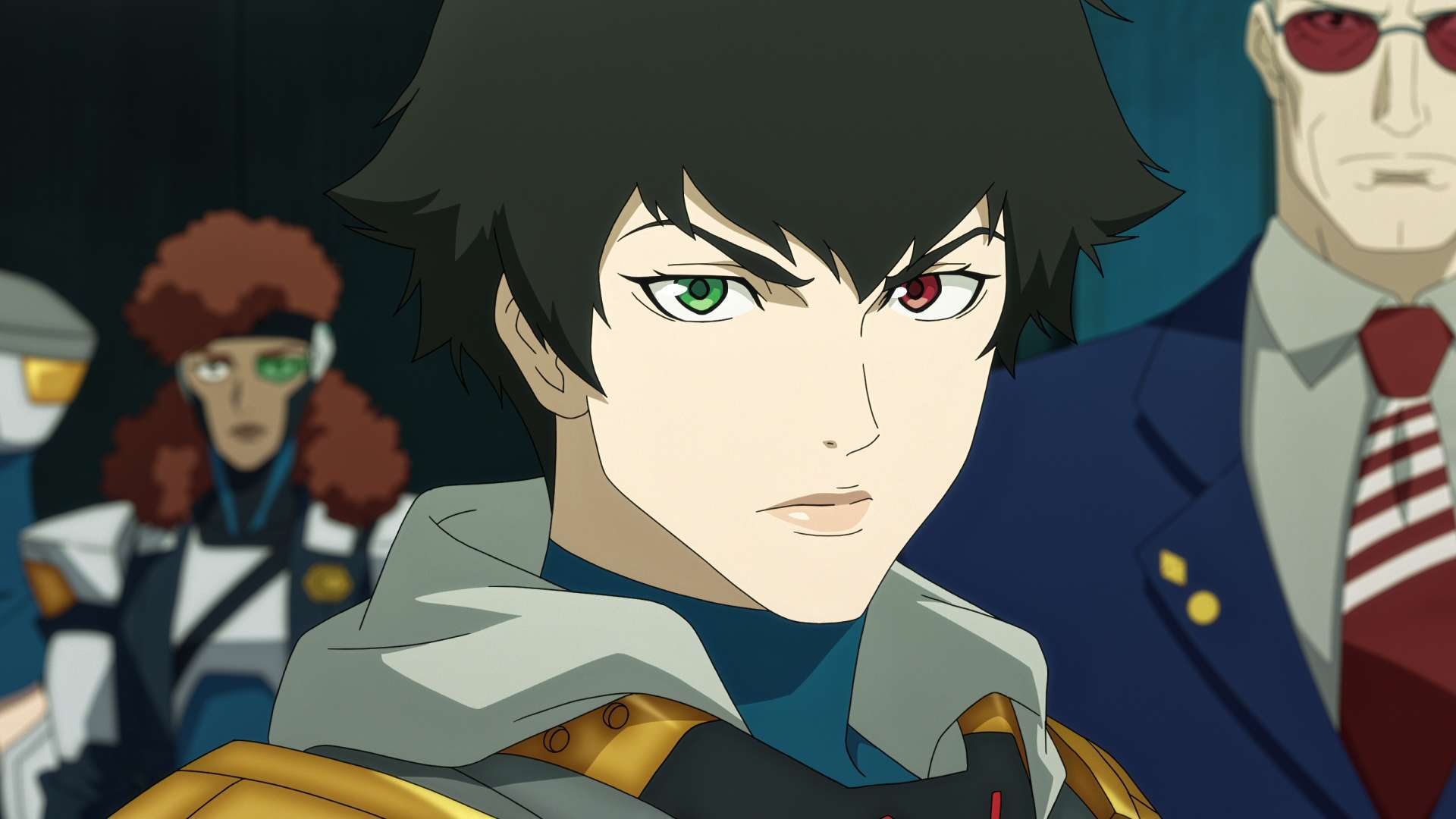
Let’s talk about the familiar first. Dante (Johnny Yong Bosch) is a young demon hunter — the youngest we have ever seen him, in fact — who waltzes his way through missions as long as he is being paid well enough. This is the same Dante we know and love: a likably cocky, wisecracking hunter with a penchant for theatrics, who often uses awkward humor to mask the deep well of pain inside him. His youth comes with a stronger brand of vulnerability, which he gradually learns to acknowledge after he learns about his true heritage while sifting through a traumatic turning point in his childhood.
Without giving too much away, it is safe to say that both Dante and his twin Vergil (the impeccable Robbie Daymond, who voiced Goro Akechi in “Persona 5”) sport origin stories/inner landscapes that are mostly faithful to the source material. The changes lie in contextual handling, executed effortlessly with the help of a tight, fast-paced story that feels fresh at every turn. Despite the disparate setting of a bustling metropolis like modern-day New York, there is something nostalgic about the familiar beats of the lore being tuned in and out, ultimately honed to perfection.
That said, the series-only additions and artistic liberties undoubtedly stick their landing. The presence of Darkcom (presumably meant to be a cheeky inversion of Capcom) looms larger than any demonic antagonist, with V.P. Baines (the late, great Kevin Conroy) puppeteering events while reveling in human folly. When someone like Lady/Mary (Scout Taylor-Compton) — who works for Darkcom in the series — guns down demons without hesitation, the feelings elicited change as per circumstance, as no one is a one-note hero or villain in a story that dabbles in fluctuating morality. These exciting story strands are entwined with good old “DMC” lore: Sparda’s rebellion still shapes the current worlds, his Perfect Amulet emerging as the key to unlocking chaos, bringing familiar faces like Echidna and Angelo-type demons out of the woodwork.
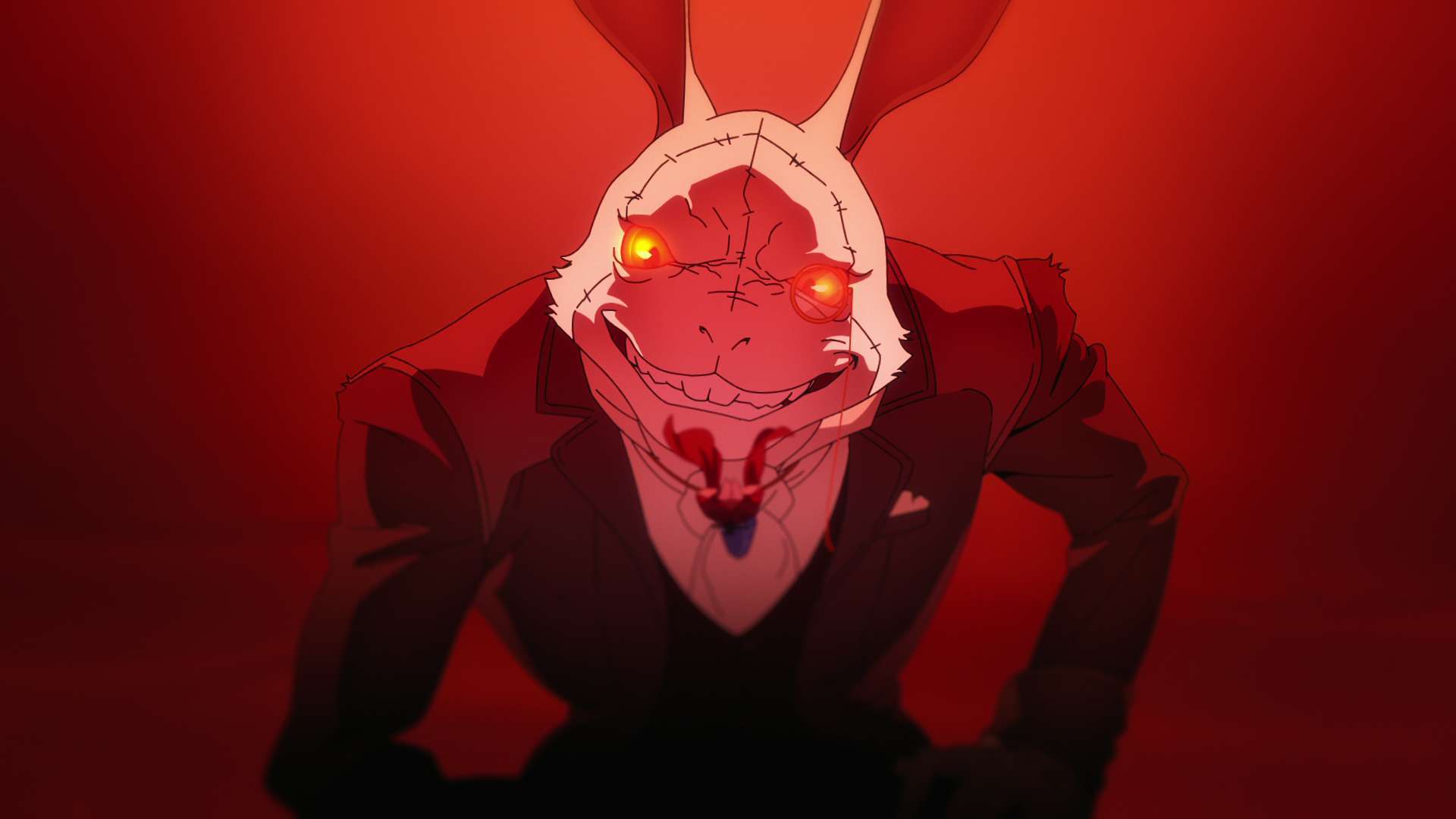
The beating heart of Netflix’s “Devil of Cry” is White Rabbit (Hoon Lee), a manga-only antagonist brought to life in the most hair-raising, stop-in-your-tracks manner. It is best to dive into the series without any prior conception about White Rabbit, his role, or potential motivations, as the story takes insanely gutsy swings to evoke awe and pathos from start to finish. This is White Rabbit’s adventure as much as it is Dante’s, and rarely has an antagonist felt so pronounced and personal in a “DMC” adaptation before. Lee’s performance is a series highlight, as every emotion the White Rabbit experiences — from sadistic glee to smug condescension to grief-fueled rage — hits you right in the gut, making you appreciate the fact that a compelling tale demands a deeply believable antagonist.
It is impossible to talk about “Devil May Cry” without mentioning stylistic action sequences, as the games wear a garb of whimsy that is rarely embraced in franchises of equal renown and caliber. Shankar’s series might feel less whimsical than the games, but this tonal mellowness works, as it is balanced out with plenty of bombastic fight scenes that are fluid in their brilliance. There’s no dearth of style here, right from the opening credits that will compel you to headbang to every scene where Dante is being, well, Dante, brandishing Rebellion (his trademark sword) while sending folks a-flying. At no point will you feel that the characters are trying too hard to measure up to the franchise’s brand of cool: they genuinely embody coolness, tempered with a delicious inner complexity that is still evolving.
“Devil May Cry” will leave longtime franchise fans giddy and inject newcomers with an adrenaline rush every time Dante smirks and gets ready to wreak havoc with his dual pistols. These blood-pumping sentiments don’t culminate in a sudden crash, as the momentum maintained is sure and steady, intermittently spiked up to meet expectations. Studio Mir’s vibrant, evocative animation style is a perfect match as well, designed to complement dramatic excesses and subtle emotions alike. This is a near-perfect adaptation that celebrates the ethos of the games while pulling its own narrative weight, soaking in the sweeping, exuberant, and violent vignettes of a party that is far from over.



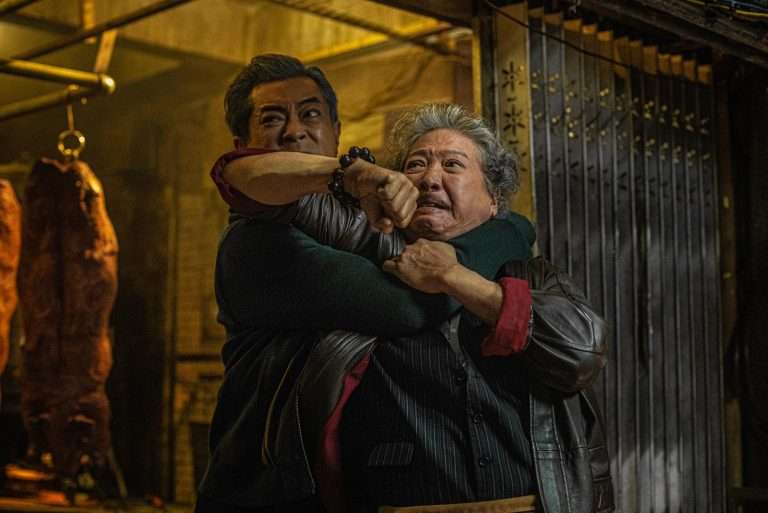
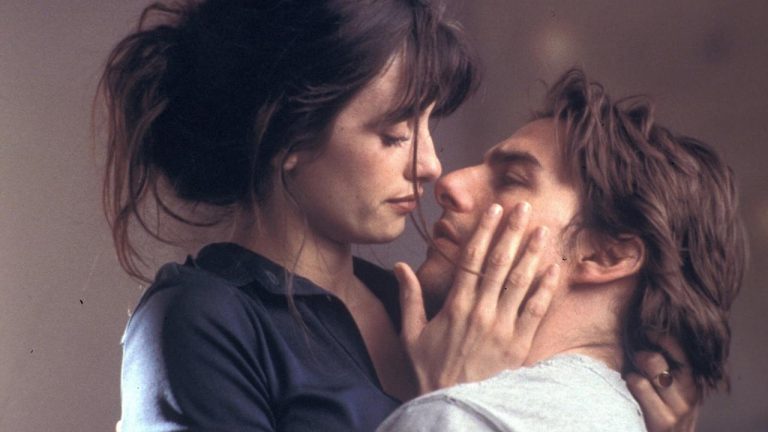
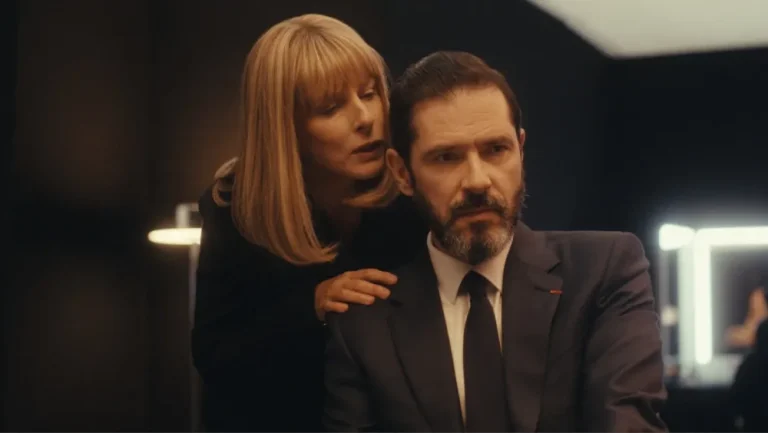
![Taming the Garden [2021] ‘MUBI’ Review: An Anger-inducing Synecdoche for Human evolution](https://79468c92.delivery.rocketcdn.me/wp-content/uploads/2022/01/Taming-the-Garden-2021-768x432.jpeg)
![Zombivli [2022] ‘Zee5’ Review: A wild ride of a Zombie Apocalypse with a Social angle](https://79468c92.delivery.rocketcdn.me/wp-content/uploads/2022/05/Zombivli-2022-768x403.jpeg)
